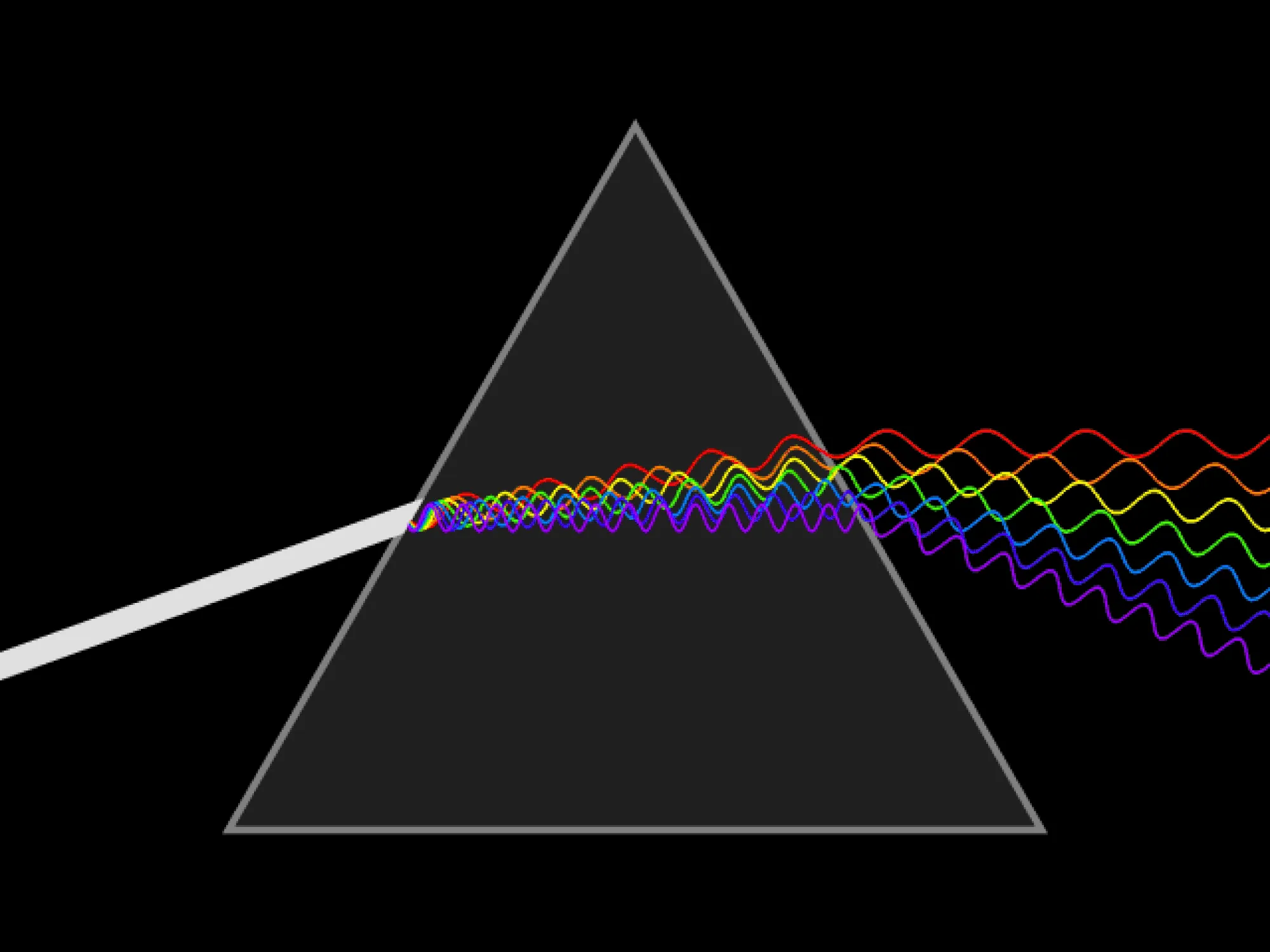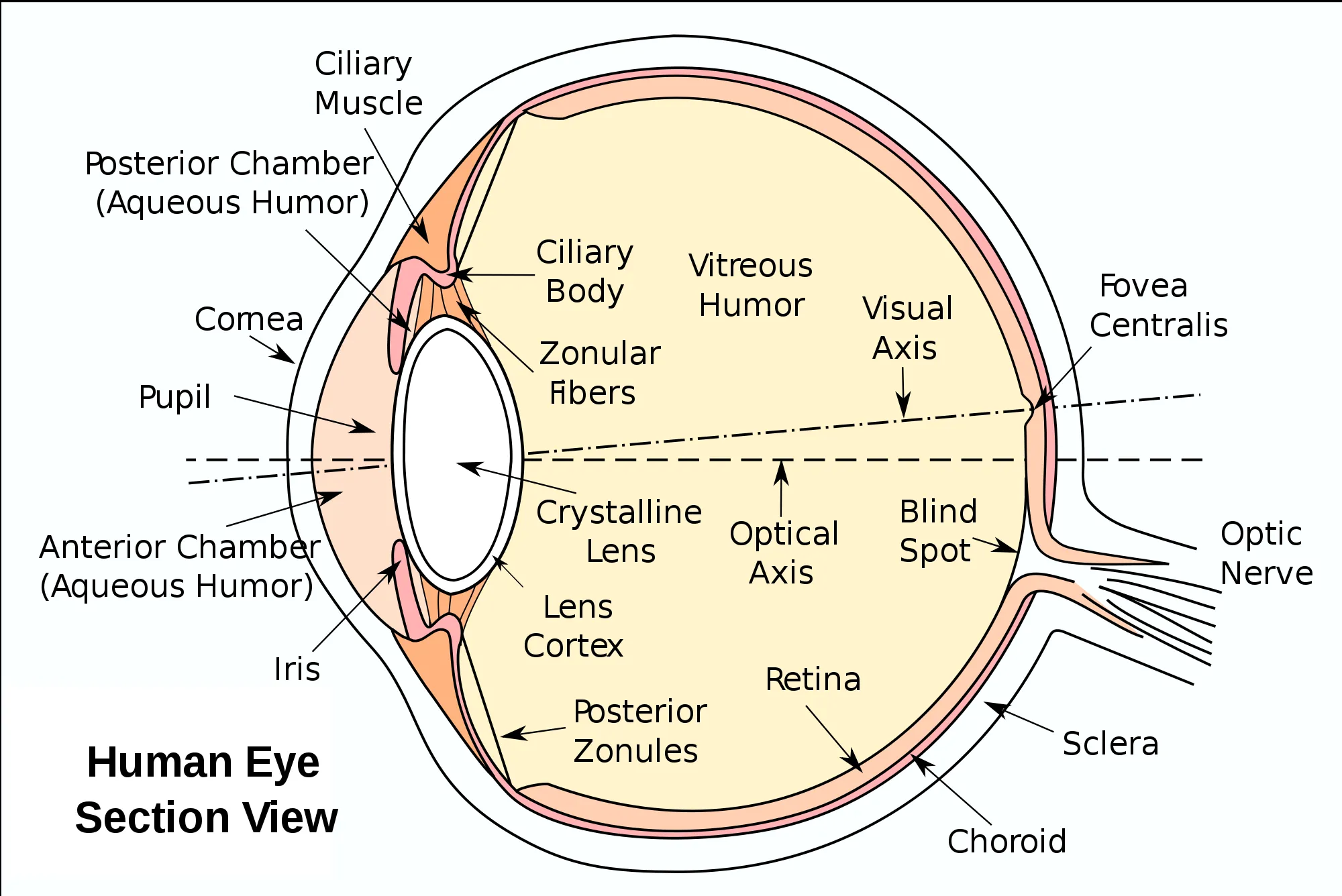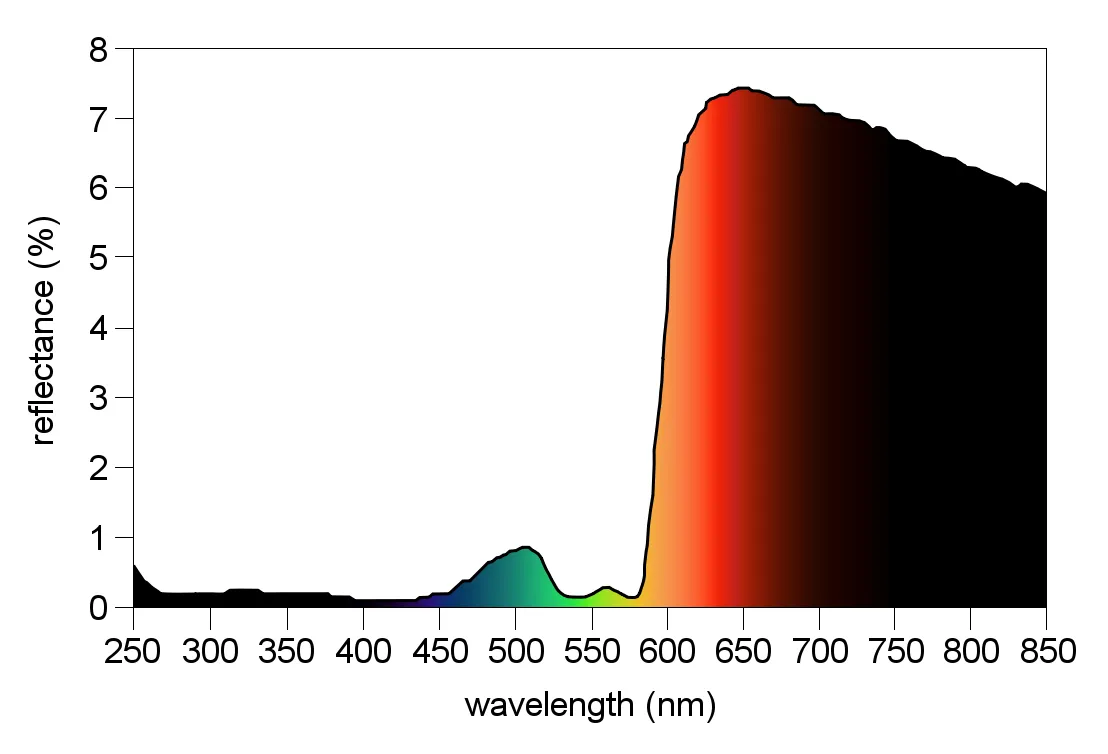These are the kind of post that surely will arouse your interest if you are my kind. Today we will be discussing medics as usual but this time, it will incorporate some fundamentals and some principle that will help us arrive at a conclusion. Information here are proven facts and not speculation.
Sit tight and join me as I unveil some facts you probably don't know or must have heard but still in doubt because available information were not justifiable enough. Reading this will maybe get you convinced and well knowledgeable. I am about to add more knowledge to your repository and also wao you in the process.
It is undoubtedly true that the blood of humans is red in colour, yeah, that is definitely what anyone would answer because by mere looking at the blood, it is red. What if I told you that the blood actually has two colours - Red and green, would you believe me. Oh yes, I expected that look on your face right now, definitely you would argue, how is that, I mean, how possible is it. Well, read on, we are about to unravel some mystery and facts. Let's begin with your vision. How do you see images, differentiate and characterize images as red, blue, green, black, white etc. Isn't that something worth understanding, yes for sure it is.
Greek Phylolsophers like Plato, Aristotle and Hippocrates were the very first scholars to propose the first ever explanation on how human vision operates. They were able to describe the structure and various functions of these structures. For Aristotle, he believed that humans see as a result of the rays of light that originated from the eyes to shine or illuminate the world around it.
During the night, the air becomes so gloomy and murky that the rays are unable to pass or penetrate through and if candle is light, it will clear the opacity and then allows sight to penetrate. Quite interesting hypothesis but so far has been disproved with a better and factual principle of vision. As a layman, If we were part of their generation, we would have obviously believed it because it seems true just that it lacks factual scientific backings.
Today we have a better understanding of the principle of vision in humans. We are able to see things as a result of the rays of light that passes through the retina. The iris which is a muscular structure has a hole known as pupil, is one of the major structure that is implicated in human vision day and night.
During the day, light rays which of course is as a result of the sun's illumination, enters the eyes through the cornea. The cornea then bends the light in such a way that it passes easily through the pupil. The pupil dilates and constricts as a result of the action of the smooth radial muscle fibers in the iris. Next is that the light rays then passes through the lens which is crytsaline and is also known to be very flexible. This flexibility enables it to adjust and it focal length. The flexibility of the lens enables it to either shorten or lengthen and this consequently enables it focus the rays of light onto the retina properly for good acuity.
The human iris naturally is pigmented and the level of its pigmentation is what determines the colour of the eyes. You would naturally observe that eye colour vary from different individuals, ranging from dark brown, black to blue. This is mainly as a result of the melanin pigmentation of the iris. People with more concentration of the pigmentation tend to have darker eyes compared to those that have lesser concentration of this pigment which makes them have blue eyes. The pigmentation though have some usefullness especially in reducing light rays.
It is important to note that, Increased intensity of light rays causes the pupil to constrict and reduce in diameter. This action limits the amount of light penetrating through the pupil to avoid damage to the photoreceptors (Rod and cone cells) which have maximum light intensity threshold it can detect. Light intensity beyond the threshold can result to problem. Reduced light intensity results to a concomitant increase in the size of the pupil. Ever wondererd why you can easily investigate death of an individual by simply pointing a torch to the eyes besides checking with stethoscope.
In dead individuals, they do have increased pupil diameter because the muscle of the iris has lost its functionality. As light passes through the lens, the next layer it meets is the vitreous humor chamber which contains gel-like in nature. The vitreous humour is what confers the eyes its shape and it is responsible for holding the content of the eyes. As the light pass through this layer, it is focused on the retina. The retina is mainly responsible for light reception. It receives light signals and converts it into neurological signals. These signal is then sent to the brain via the optic nerve for processing and visual recognition
The purpose of the retina is to receive light that the lens has focused, convert the light into neural signals, and send these signals on to the brain (the visual cortex) for visual recognition.
Explanation for vision at both day as night is mainly due to the photoreceptors found in the retina. These photoreceptors - cone and rod cells perform different functions at night and day. In the night, the rod cells are responsible for vision.
Vision at night is scientifically referred to as scotopic vision while for day, it is referred to as photopic vision. In the day time, the cones cells are more sensitive and thus responsible for colour vision. Your ability to distinguish between different colour is dependent on the correct physiological functionality of the cone cells. Individuals have three types of cones cells and in some, they may be lacking some of the cone cells. Some may lack all these three cones, and in such situations where they do not have all the three, it is referred to as colour blindness. This brings us to visible light spectrum. How do humans identify and differentiate colours?
Colour differentiation by human eyes
Very importantly is imperative we establish some basic facts, Objects do not have inherent or intrinsic colours. What determines the colour of any object is solely dependent on three important factors such as:
• The color content of the incident light that is illuminating the object; • The way the object reflects, absorbs, and transmits the incident colors of light; and lastly, • The way in which the detector such as your eye or a camera detects and interprets the colors of light coming from the object.
The human eyes has the ability of detecting all the visible light spectrum - a subset of the electromagnetic spectrum. light from the sun or a white bulb contains all the wavelengths of visible light spectrum. Note that they usually of equal distribution and together they are seen as white light.
 White Light Dispersion by glass Prism
White Light Dispersion by glass Prism
This can be seen practically through a simple experiment using a glass prism which refracts and disperses them based on their speed. It has been well established that the prism is known to slow their respective speed and causes them to bend their path (refraction).
Our eyes is only able to see the colour that bounces off from the object on which an incident light falls on. If the object is seen as green, the indication is that, all other colours were absorbed by the object thus, resulting to the reflection of only green light. Wavelength that do not bounce off, are absorbed as heat. Not every wavelength can be detected by the human eyes and this is one of the reasons why infrared lights detectors can be used to detect and visualize pigmentations behind paint drawings.
Is human blood green in colour aside red?
The answer is an emphatic yes. Human blood besides being red is also green in colour. Before you doubt, the three fundamental principles we earlier talked about above. Let's start with some scientific research findings. In 2005, Martina Meinke and colleagues investigated the spectrum of human blood by measuring it's reflectance. It was discovered that it mainly reflected two colours - predominant red and then green colour.
The predominant red coloured spectrum below is the readily visible colour of the blood when we look at it. This is so because it reflects more of the red colour than the green spectrum. As they would say, "out of sight is out of mind". That the green colour spectrum of the blood is not readily visible doesn't mean that speaking the blood is only green in colour. Hope it is now making more sense here.
They further measured the reflectance spectrum of different blood with different haematological values like the haematocrit and oxygen saturation values and still discovered that the graph though slightly changed but was still generally the same for all the haematological parameters. By implication, the green and red spectrum was always present and reflected, with the dominant reflected spectrum being the green, as depicted from the graph above.
Logically, anyone would always believe that the only colour of the blood is red, because when you shine light on it, it reflects only red colour since it is more of red by virtue of the iron content that make up haemoglobin. The haemoglobin in turn gives the blood the shade of red. Remember that the normal light we mostly use are white in colour and if you recall, we established for a fact that, the white light is mad up of the visible light spectrum which together form the white light.
What if we isolate specifically only the green visible light spectrum and shine it on the human blood, what do you think would be the result? Ever thought of that? Infact the blood would not even reflect or be seen as red, should a light source containing all other visible light spectrum with the exception of red be shined on it. It would only reflect green.
If you would recall, from the three factors we earlier stated, the third factor took into consideration the property and nature of the light source as it also determines the colour of an object, our illustration here depicts that singular factor. This is just one of once case experiment that would prove the existence of green visible light spectrum in human blood. Another case scenario is seen scuba divers.
Deep ocean water is slightly coloured blue not because of the sky but because it is able to absorb some of the red light emanating from the sun that is passing through it. Note that, as light descends or travel down the ocean, the visible light spectrum is gradually absorbed one after the other, with the red light being the very first because of its low energy. At depth of about 1000 feet below sea level, there is total darkness. That is to say, at this depth, all the visible light spectrum has been absorbed.
 Scuba Diver in deep ocean reflecting green
Scuba Diver in deep ocean reflecting green
As scuba divers descend deeper into the ocean, at depth of 15feet, there is total absorption of the red light by the ocean water while the other visible light spectrum penetrates. At this point, they notice a change in the colour of their body to green. Even underwater photographers at this point use red colour filters in their camera to restore the red colour.
Remember, since the red light which we have fundamentally established as part of the visible light spectrum is no longer available, the second colour of the blood that had been masked by the dominant red colour becomes clearly visible abd thus reflects green. This however, doesn't mean that the blood changed physiologically, the blood is still predominantly red but by virtue of the red colour disappearance, the green spectrum authomatically rules the day.
What happens if the blood is green under white light?
All things being equal, physiologically, you should only be able to see the blood as red. In situations where on a normal day, the blood turns green, without you being inside the deep ocean or using visible light spectrum devoid of the red spectrum, then this becomes a pathological condition known as Sulfhemoglobinemia (SulfHb). This is though a very rare condition that is caused by excessive sulfhemoglobin concentration in the blood. In sulfhemoglobinemia, instead of iron binding to the haemoglobin which is responsible for transporting oxygenated blood to organs, sulfur binds, consequently making it difficult for haemoglobin to effectively transport blood around the human body.
Report has it that sulfhemoglobinemia is caused by excessive exposure to sulfur containing compounds and actually the treatment is simple and easy. Human blood have 3 months life span after which they are destroyed and recycled. So invariably, this set of blood are destroyed along the process provided the patient desist from using or getting further exposure to the causative agents, they will be fine after 3 months.
We can conclusively infer that the blood is not only red in colour but also reflects green. Obviously if you are in an examination condition and it happens that the question is thrown - The human blood is physiologically also green in colour besides being red, discuss". This article is enough for you as a student to get a very good A.
Until I come your way again, stay awesome.
References
•How Does The Human Eye Work? •Principles of Vision •Structure and function of photoreceptors •Post-mortem Human Iris Recognition •Retina Function, Anatomy & Anatomy •Rods & Cones •Seeing colour •There’s a condition that can cause human blood to turn green •PUBMED - The Diagnosis of Sulfated Hemoglobin (SulfHb) Secondary to Sulfur Dioxide Poisoning Using Matrix-Assisted Laser Desorption Time-of-Flight Mass Spectrometry (MALDI-ToF MS)—A Novel Approach to an Unusual Clinical Problem •Is human blood ever any color other than red? •Chemometric Determination of Blood Parameters Using Visible–Near-Infrared Spectra
Return from Is the human blood green in colour besides being red? to cyprianj's Web3 Blog



